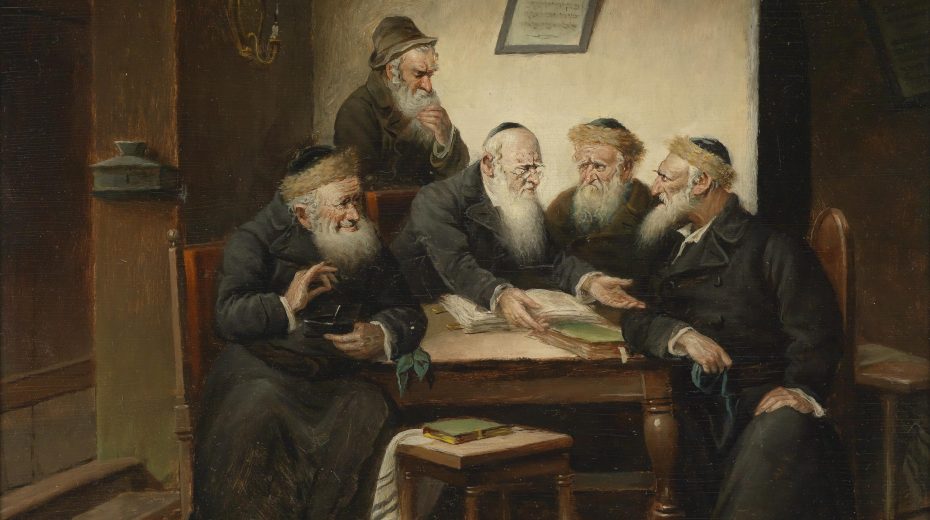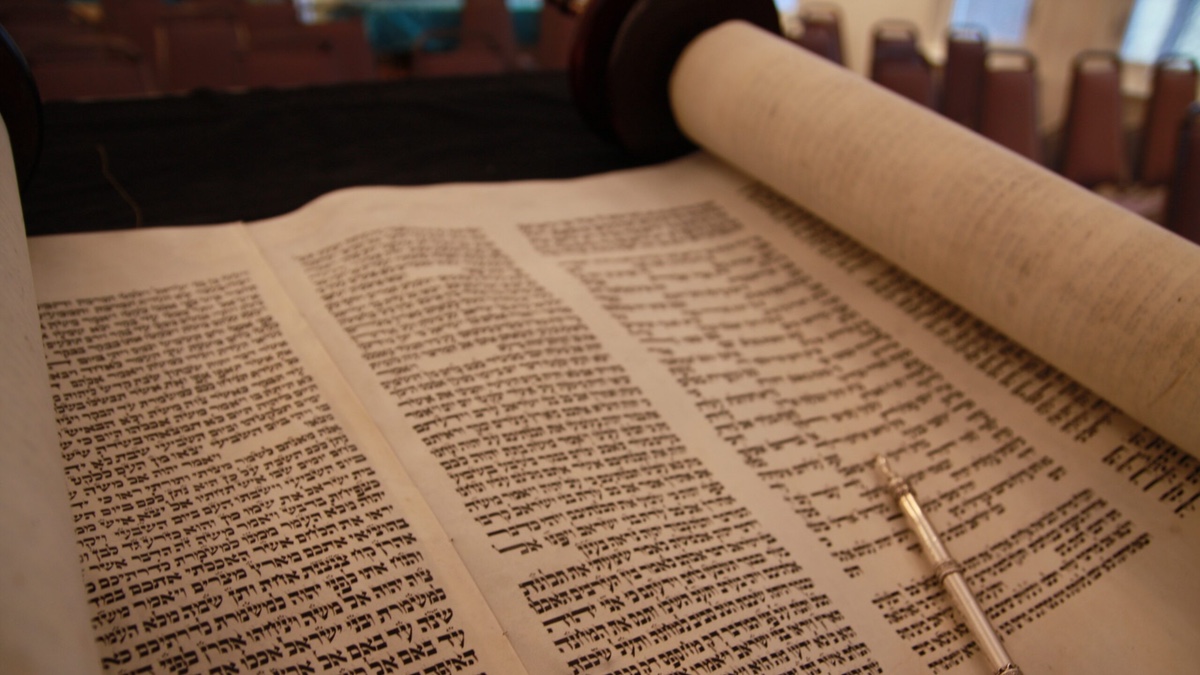The earliest reference to a fixed cycle of consecutive readings is found in the Babylonian Talmud, where [Meg. 29b] it is stated that “in the West” [the Land of Israel], the reading of the Torah was completed in three years. In Babylon and other communities outside the Land of Israel, an annual cycle was followed according to which the Torah was divided into 54 sedarim (sing. sidrah = parashah, portion). This became the universal Jewish practice; in the Land of Israel, the triennial cycle was also eventually superseded by the annual – possibly under the influence of Babylonian immigrants.
The Mishnah rules [Meg. 4:1-2] that three persons read the Torah on Sabbath afternoons, on Mondays, and on Thursdays; four on hol ha-mo’ed [the intervening days – other than the Saturday of the festivals, i.e. Passover and Tabernacles] and on the new moon; five on a festival Sabbath; six on the Day of Atonement; and seven on a Sabbath [Saturday] morning. An early custom to translate the Hebrew text into the vernacular at the time of reading [cf. e.g. Neh. 8] was eventually discontinued.
Become a Member
-
Read all member content
Get exclusive in-depth reports from Israel.
-
Get exclusive in-depth reports from Israel
Connect with Israel, right from your home.
-
Lift up the voice of truth and hope
Support Jerusalem-based Zionist journalism.

Already a member? Login here.














